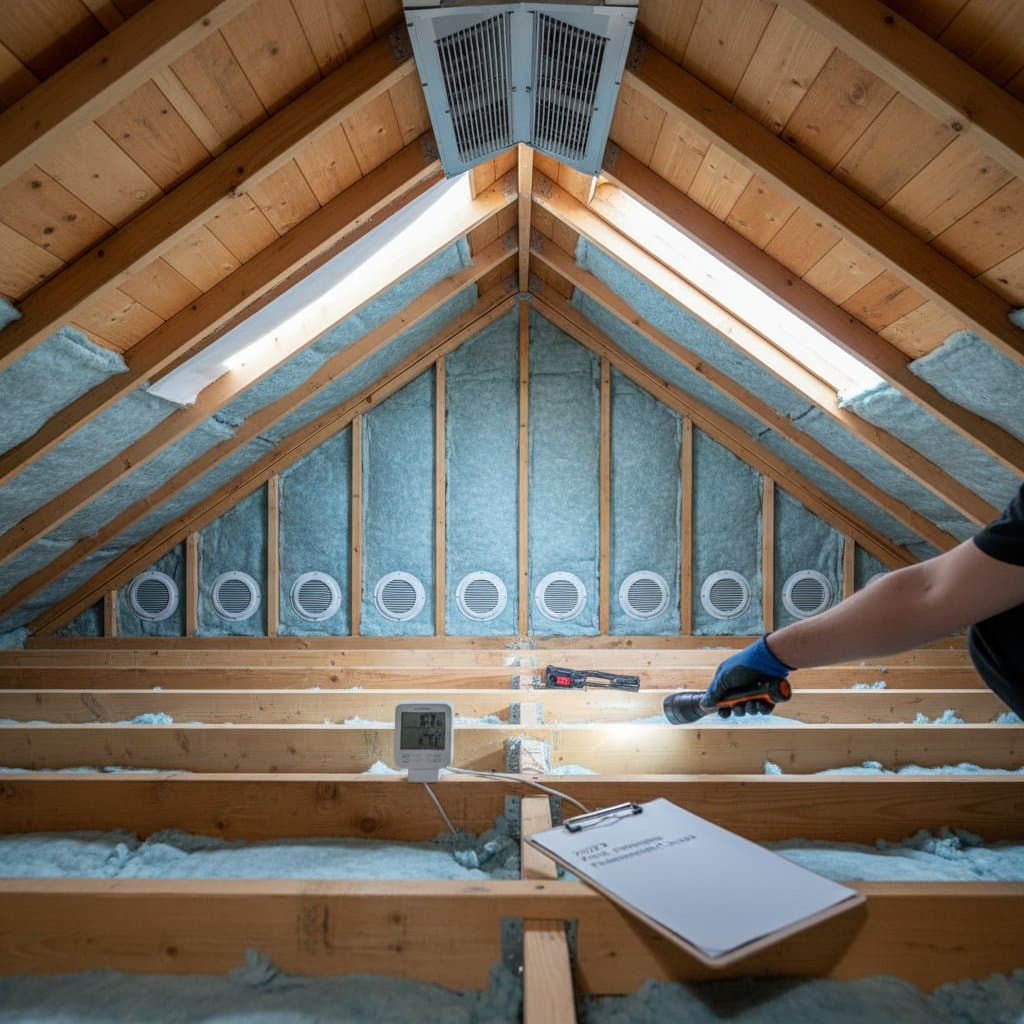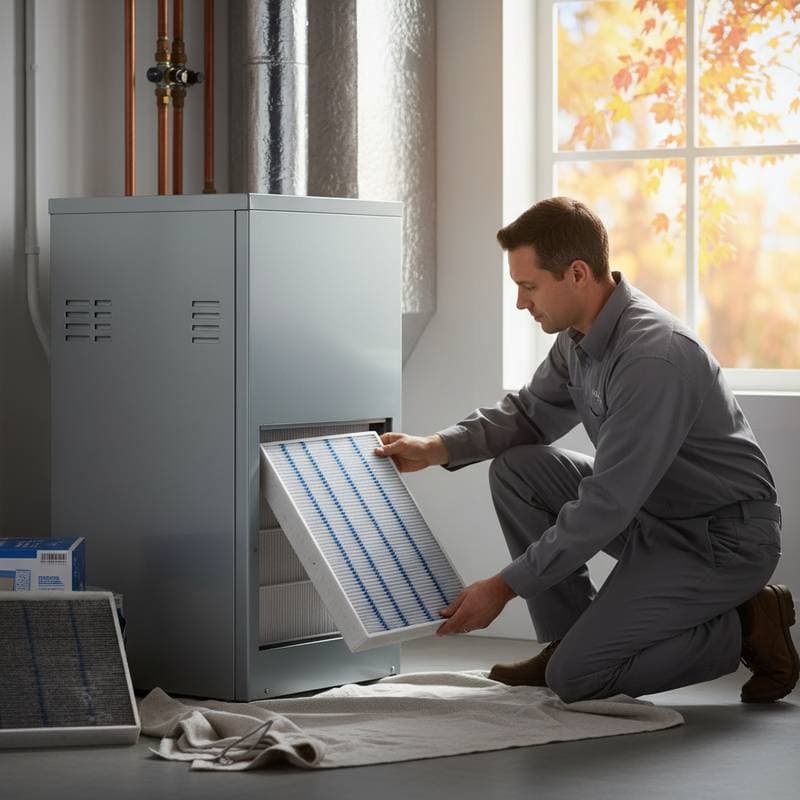Essential AC Maintenance Tasks to Avoid Expensive Summer Failures
Rising temperatures transform an air conditioning system from a luxury into an essential component for comfort and well-being. Homeowners often overlook the importance of seasonal preparation until the heat peaks, leading to avoidable repairs and higher energy bills. Proactive maintenance not only averts costly issues but also enhances efficiency and prolongs the unit's operational life.
This resource details practical, budget-friendly methods to ready an air conditioner for demanding summer conditions. Focus areas include routine inspections, thorough cleaning, and functional verifications, all achievable with basic household items.
Understanding AC Service Pricing Structures
HVAC providers employ varied pricing approaches to accommodate different needs. Hourly billing typically ranges from $70 to $150, influenced by the technician's expertise and local market rates. Flat-rate options for maintenance visits often encompass a comprehensive inspection, filter changes, and basic cleaning tasks.
Annual service agreements, which include two scheduled visits, provide added benefits like repair discounts, expedited appointments, and extended warranties. Subscription models appeal to those seeking consistent budgeting and ongoing preventive care.
For occasional users or owners of recently installed units under warranty, single tune-up sessions offer flexibility without long-term commitments. The best choice depends on usage frequency, system age, and household priorities.
Key Factors Affecting AC Service Costs
System capacity plays a primary role in determining expenses, as larger units demand greater volumes of refrigerant and extended servicing durations.
Installation of advanced features, such as programmable thermostats, multi-zone controls, or ventilation recovery systems, extends the time needed for thorough evaluations.
Labor duration directly impacts fees; a routine filter swap might require just 30 minutes, whereas accessing and cleaning internal coils could span multiple hours.
Additional charges arise from supplies like specialized filters, cleaning solutions, or diagnostic tools. Discovery of faulty components, including capacitors or relays, during inspection often necessitates immediate replacements that elevate the overall expense.
Practical DIY Steps for AC Preparation
Homeowners can perform several vital tasks independently to fortify the system against summer strains. These measures demand little expertise and safeguard against frequent failures.
-
Replace or Clean Air Filters: Clogged filters impede airflow, forcing the unit to work harder and consume more power. Swap out standard disposable filters every 30 days during cooling season, or wash reusable mesh types with water and allow them to dry fully before reinstalling.
-
Remove Debris from the Outdoor Condenser: Accumulated foliage, dirt, or lawn clippings obstruct ventilation. Clear a minimum two-foot clearance on all sides, and use a garden hose on low pressure to rinse the exterior fins gently.
-
Test Thermostat Accuracy: Inaccurate readings lead to inefficient cycling. Compare the displayed temperature to an independent thermometer; if discrepancies exceed two degrees, adjust settings or consider a battery replacement for digital models.
-
Listen for Abnormal Sounds: Grinding, whistling, or vibrations signal potential problems like loose components or foreign objects. Power down the unit, open the access panel, and secure any rattling parts with a screwdriver.
-
Clear the Condensate Drain: Stagnant water fosters bacterial buildup that clogs lines and risks water damage. Pour a solution of one part vinegar to ten parts warm water through the drain pipe to dissolve residues and restore flow.
-
Secure Electrical Wiring: Frayed or loose connections reduce performance and pose safety hazards. With the breaker switched off, inspect visible terminals and tighten screws using insulated tools to prevent arcing.
-
Straighten Bent Coil Fins: Deformed fins on evaporator or condenser coils hinder heat exchange. Employ a fin comb from a local hardware supplier to realign them carefully, avoiding further damage.
Industry leaders like Carrier and Lennox indicate that routine upkeep averts up to 70 percent of peak-season service requests. Completing these steps annually before May ensures optimal readiness.
Selecting a Qualified HVAC Professional
For tasks beyond basic DIY, engage certified experts with proper licensing and insurance coverage. Inquire about adherence to original equipment manufacturer protocols and handling of eco-friendly refrigerants. Reputable companies frequently offer performance assurances and loyalty programs featuring semiannual checkups.
Experts from consumer protection organizations advise obtaining estimates from no fewer than three providers. Request detailed breakdowns of included services to uncover hidden fees, such as surcharges for refrigerant top-offs or duct inspections.
Early bookings, ideally in spring, secure preferable rates and availability, allowing technicians to address issues before demand surges.
Strategies for Year-Round AC Reliability
Sustain peak performance by integrating maintenance into your routine calendar. Track filter changes and professional visits to catch minor issues early. Invest in programmable thermostats to automate efficiency, reducing wear during off-peak hours.
Monitor energy statements for unusual spikes, which may signal underlying problems. By combining these habits with informed service choices, homeowners achieve lasting comfort without prohibitive costs.





